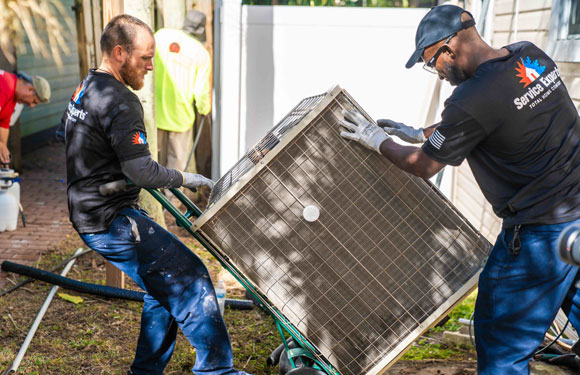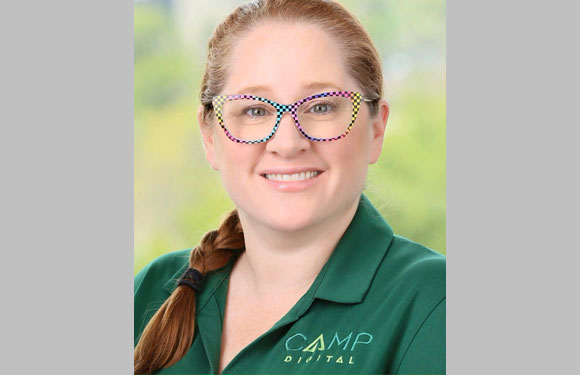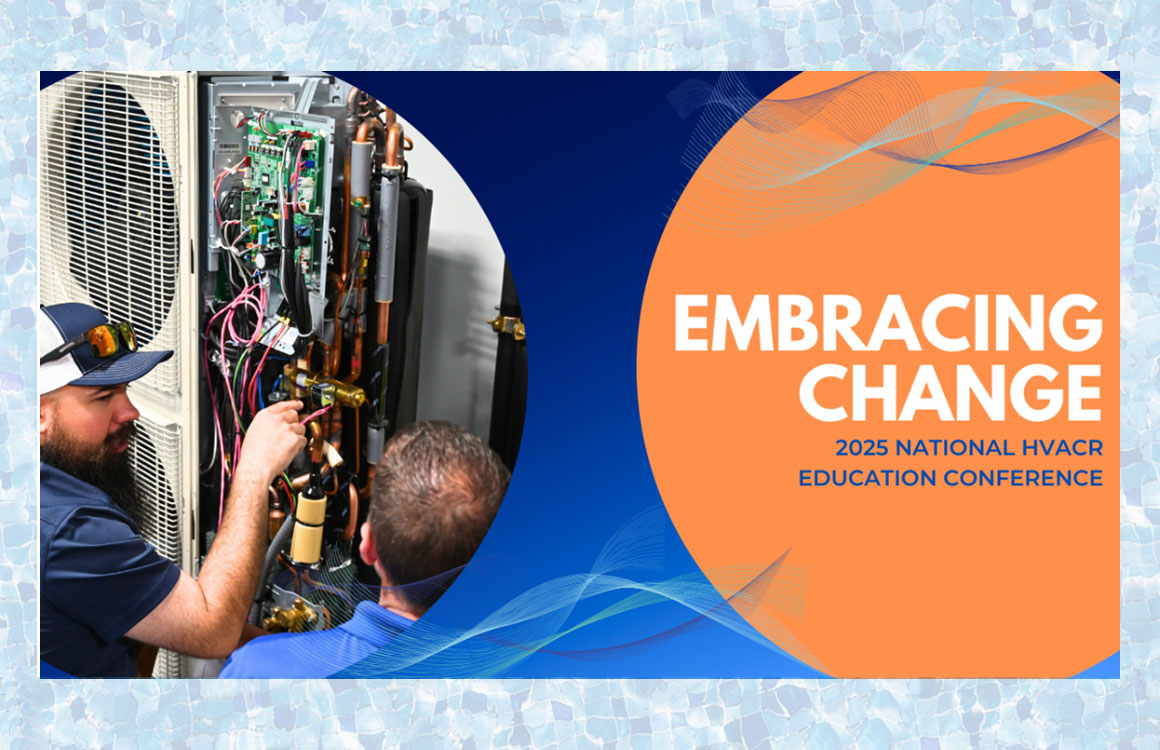
News
Lessons from the Pacific Northwest on Ductless Mini-splits
By Suzi Asmus, NW Ductless Heat Pump Project
Across the Pacific Northwest, HVAC installers are equipping more and more homes with ductless mini-splits, also known as ductless heat pumps. The trend makes sense: today’s ductless heat pumps offer comfortable and efficient heating and cooling that works in almost any home with electric resistance heating.

But not all homeowners embrace ductless heat pumps. Installers have found that, because word-of-mouth is the most common way for homeowners to learn about going ductless, misperceptions and outdated information about ductless systems can spread just as quickly as praise and recommendations. Those myths and misperceptions can keep homeowners from making the best choices about heating and cooling, which means that installers and contractors sometimes miss the opportunity to provide customers with the best solutions for their HVAC needs.
Here are five common reasons your customers might give for being wary of going ductless, and how you can show them that ductless heat pumps might work better than they think.
1) They take too long to heat and cool the house
In a home with an electric (or gas/propane) furnace, the system comes on full-blast and then turns off when the set temperature has been reached.
Ductless heat pumps, however, heat and cool by running at a consistent mid-to-low speed, providing a more constant temperature and less of a hot or cold “swing” in between cycles, as a furnace does.
There is generally no need to set the system back at all. Unlike with a furnace, where a homeowner might set the thermostat back while they are sleeping or away from the house, ductless heat pumps allow users to set it and forget it. With high-efficiency equipment, not needing to set your system back means great savings and stable temperatures.
Homeowners can still set the thermostat back when they’re away, but you should recommend dialing it back by no more than 3 °F. With exceptions for extended absences, homes should not be set below 62 °F in order to prevent mildew from growing. The same general rules apply for ductless heat pumps in cooling mode during summer months.
If your customers keep in mind that a heat pump works differently than a furnace — and should therefore be operated differently — following these simple practices will keep their home at the right temperature.
2) They make too much noise
Up until the last decade, most large, central air source heat pumps and air conditioners were indeed loud. Both the outdoor unit (the compressor) and the air moving through the system fan produced noticeable noise.
Today, however, ductless heat pumps benefit from smaller size and more advanced compressor technologies. This means much quieter outdoor units, and indoor units that are nearly silent at low speed — quieter than a window AC unit or a box fan on high.
3) They can’t handle cold climates
Ten years ago, this was true in some cases. But ductless heat pumps have evolved: they now offer some of the most efficient and effective heating for cold weather climates available. Ductless systems are now popular choices even in Scandinavia and the cold regions of North America — in fact, in some parts of the Northwest, including the cold and mountainous Cascade region, contractors exclusively stock and sell cold-climate ductless heat pumps.
Today, every major manufacturer (and some of the smaller ones, too) offers “extended capacity,” or cold-climate, ductless heat pumps. In fact, most cold-climate ductless systems are able to provide at least 80–85% of their heating “oomph” at temperatures as cold as 5 °F, making them the go-to for many HVAC contractors who work in colder areas.
4) They won’t look good in my home
When ductless heat pumps were first introduced in the United States, homeowners hesitated to install “that box on the wall.”
But ductless systems now come in a variety of shapes, sizes and configurations, so your customers can find a model that seamlessly fits their home’s style.
Consumers today are also increasingly attracted to ductless systems’ ability to cool the home. Even without central air, a home with a ductless heat pump is nearly as comfortable — and still very efficient.
Once homeowners have spent some time with their ductless system, around 95% report being satisfied or highly satisfied. With jurisdictions now adopting home energy scores as a part of the home sale process, ductless heat pumps may be even more attractive to future homebuyers.
5) They’re not compatible with smart homes
Homeowners are becoming increasingly tech-savvy, asking questions about integrating their appliances with smart home technologies like Amazon Alexa or Google Home.
Many manufacturers are working to create ways for third-party smart thermostats to work better with ductless heat pumps — compatible products will often advertise “Works with Nest” or “Works with Alexa.”
Some ductless manufacturers use their own smart thermostats and connected controls and apps for their equipment. For example, Daikin has the ONE+ thermostat and Mitsubishi has the Kumo Cloud app. These proprietary apps and thermostats are easy to connect, and provide many of the same features as more well-known smart thermostats on the market. Beyond that, some are also now beginning to work directly with Alexa, Nest and potentially others.
Now You Have the Facts
Ductless heat pumps have come a long way in terms of performance, aesthetics and features. As a result, many of the myths about ductless heat pumps have become dated (if they were ever true in the first place). Ductless systems today deliver maximum comfort along with excellent efficiency and savings.
Resources for ductless heat pump installers and homeowners are available at GoingDuctless.com.














